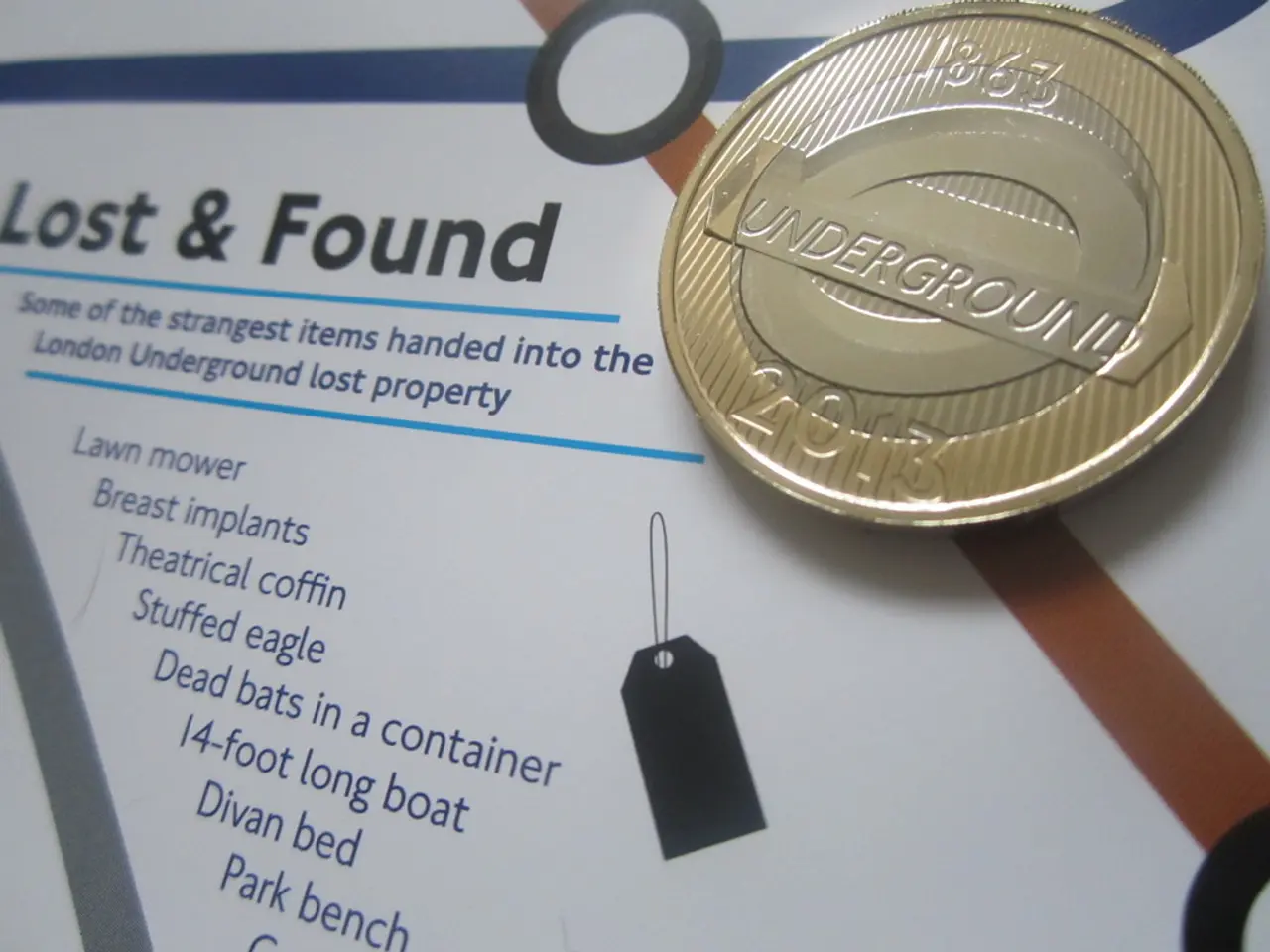International Organizations, Including BIS, World Bank, and SNB, Successfully Demonstrate Proof-of-Concept for Tokenized Promissory Note
In a groundbreaking move, Project Promissa, a collaboration between the BIS Innovation Hub, Swiss National Bank (SNB), World Bank, and International Monetary Fund (IMF), has demonstrated the potential of blockchain technology in modernizing debt instruments and improving financial market infrastructure.
The project, which involved tokenizing promissory notes issued by government ministries of finance to multilateral development banks like the World Bank or Asian Development Bank, presented several significant benefits.
Firstly, tokenization enables faster issuance, transfer, and settlement of promissory notes by digitizing and automating processes that traditionally involve manual paperwork, intermediaries, and lengthy reconciliation. This increased efficiency could revolutionize the way financial transactions are handled, reducing the time it takes to encash notes from weeks to seconds.
Secondly, the blockchain or distributed ledger technology (DLT) underlying tokenization allows all stakeholders to have real-time visibility and an immutable record of the ownership and transaction history of the promissory notes, enhancing transparency and traceability.
Thirdly, fractional ownership and easier transferability of tokenized promissory notes can expand the investor base and create secondary markets, enhancing liquidity compared to traditional paper-based notes.
Fourthly, automation and the reduction of intermediaries lower operational and administrative costs associated with issuing and managing promissory notes, leading to reduced costs.
Fifthly, smart contracts can embed compliance rules and automate enforcement, reducing counterparty risk and fraud, while cryptographic security protects the integrity of the notes, ensuring greater security and risk mitigation.
Sixthly, digital tokens can make it easier for a wider range of investors—including smaller participants—to access and invest in promissory notes, democratizing access to capital markets.
Seventhly, tokenization opens possibilities for integrating promissory notes into broader digital financial ecosystems, enabling novel financial products and services.
The World Bank's digital bond issuance, a test of the use of a pilot wholesale CBDC, was part of this larger digital finance experimentation effort. The digital bond, issued in collaboration with the SNB, was executed on the SIX Digital Exchange, a platform with which the World Bank and SIX Digital Exchange have a history of collaboration in digital finance experiments.
Jorge Familiar, Vice President and Treasurer of the World Bank, stated that the project aids in reimagining a crucial part of the financial architecture and demonstrates the potential of blockchain for global good. The trial for tokenizing promissory notes, Project Promissa, utilized Digital Asset's Canton blockchain.
Tokenizing promissory notes eliminates the need to reconcile separate records, as a blockchain serves as a single source of truth. Furthermore, tokenization preserves privacy, as activities related to the promissory notes are only shared between the relevant parties. Each party in Project Promissa has full control over their own activities in relation to the promissory notes.
The trial found that tokenizing promissory notes had four key benefits: eliminating record reconciliation, speeding up encashing, preserving privacy, and giving each party control. The World Bank, Swiss National Bank, and SIX Digital Exchange have shown their commitment to exploring digital finance solutions, such as tokenized promissory notes and digital bonds, to foster greater trust and efficiency in international finance.
- The World Bank's collaboration with the Swiss National Bank and SIX Digital Exchange for the tokenization of promissory notes underscores their pursuit of blockchain technology for modernizing finance and improving market infrastructure.
- The implementation of Central Bank Digital Currencies (CBDC) in digital bond issuances, like the World Bank's trial, demonstrates the potential of blockchain technology in fostering innovation and efficiency within the finance industry.
- The utilization of blockchain technology in the tokenization of promissory notes presents insights into how governance bodies can leverage technology for increased transparency, traceability, and security in financial transactions.
- Tokenization not only offers the industry benefits such as reduced operational costs, increased liquidity, and democratized access to capital markets, but also the potential for integrating debt instruments into broader digital financial ecosystems.




